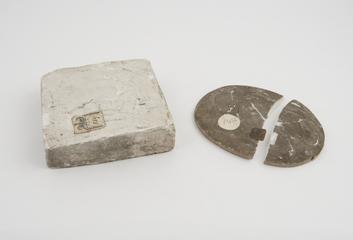
Two pieces of plaster
1762

1762
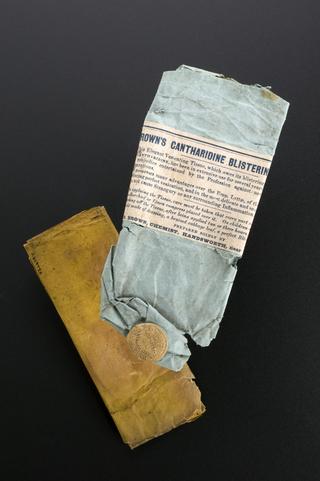
1855-1875

2020
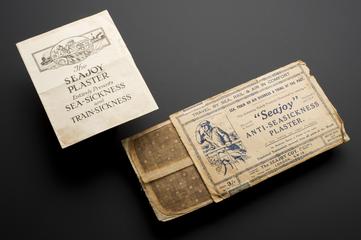
1928-1930

1940-1960

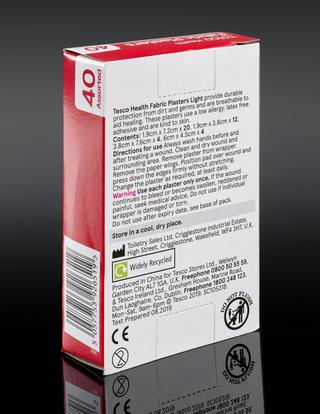
2020
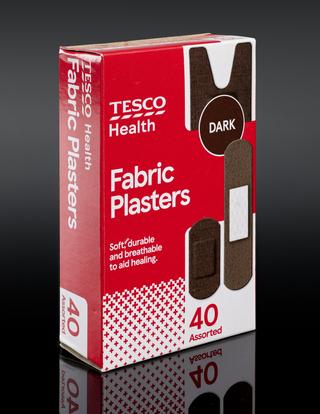
2020
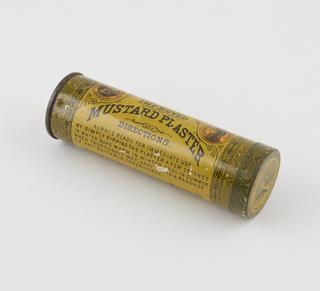
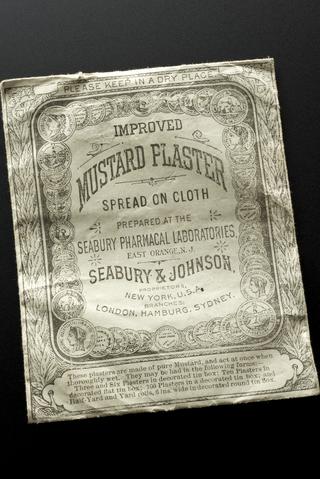
1880-1920


1980-1999
Unknown
1831-1870
1830-1870
1870-1930
1880-1930
1870-1930
1880-1930
1985
1985
1860-1869
1880-1930
1880-1930
1870-1930
1870-1930
1871-1930
1870-1930
1880-1930
1870-1930
1985
1920-1940
1880-1925